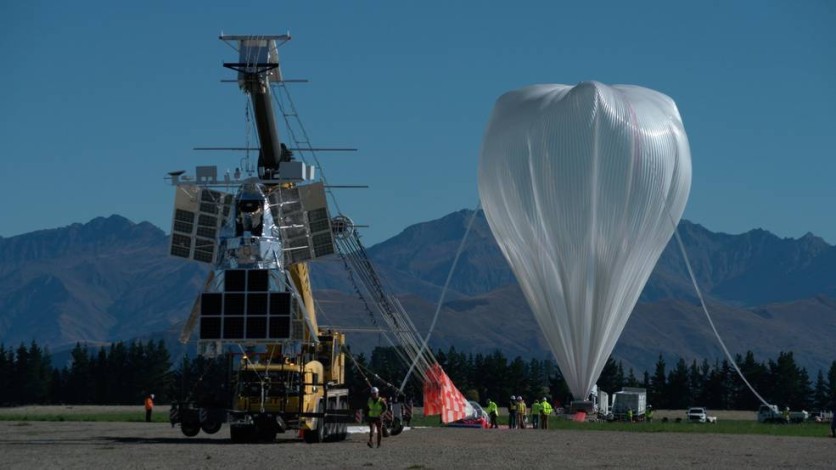NASA has successfully launched its Super Pressure Balloon (SPB) from Wānaka Airport, New Zealand, on a mission planned to last 100 or more days.
The SPB is football-stadium-sized and heavy-lift and will float at 110,000 feet (33.5 km) with the winds carrying it about the southern hemisphere's mid-latitude band.
The mission aims to validate the super pressure balloon technology, designed to maintain positive internal pressure and shape irrespective of its environment, keeping the balloon at a stable float altitude without dropping ballast.

Globetrotting Journeys
NASA's Scientific Balloon Program chief, Debbie Fairbrother, expressed her excitement for the mission and the cutting-edge science it will perform. She also invited the public to follow these missions as they fly on their globetrotting journeys about the Southern Hemisphere's mid-latitudes.
"Mother Nature shined down beautifully today, [giving] us the perfect conditions for a brilliant launch," Fairbrother said in a statement.
The wind speed and direction at float altitude are the factors that control the trajectory of a balloon, and in case the balloon crosses any land, NASA collaborates with the US State Department to arrange for overflight approvals from the concerned countries.
NASA has made real-time tracking of these flights accessible to the public on its website, along with launch and monitoring information that can be accessed through the web and NASA's social media channels.
The mission's primary goal is to validate the super-pressure balloon technology. Still, the balloon also carries the Princeton University Super Pressure Balloon Imaging Telescope (SuperBIT), which will scan massive galaxy clusters from a balloon platform in a near-space environment.
In order to map the dark matter in these clusters, the telescope will measure how these gigantic objects twist the universe around them.
Read Also : Asteroid Didymos' Spinning Activity Confuses NASA; New Study Shows Rock Completes Rotations in Just 2 Hours!
Second SPB Flight
The University of Chicago's Extreme Universe Space Observatory 2 (EUSO-2) mission, which intends to expand on data gathered during a 2017 mission, will be launched on the second SPB flight.
EUSO-2 will find ultra-high energy cosmic ray particles that originate outside our galaxy as they enter the atmosphere. The information gathered from EUSO-2 will aid in resolving the mystery surrounding these particles' unknown origins.
The 18.8 million cubic foot (532,000 cubic meters) helium-filled balloon, which floats at 110,000 feet (33.5 kilometers), is nearly the size of a football stadium when completely inflated.
Maintaining a steady float altitude in the stratosphere can be difficult for aerial equipment, such as balloons
Due to the alternating warming and cooling of the day-night cycle, most normal heavy-lift zero-pressure balloons can vary in altitude by as much as 45,000 feet (13.7 km).
The SPB, on the other hand, is built to retain a positive internal pressure and shape regardless of its surroundings.
Related Article : NASA Hubble Discovers Saturn's Ring System Heats Planet's Atmosphere-A Never-Before-Seen Phenomenon!

ⓒ 2025 TECHTIMES.com All rights reserved. Do not reproduce without permission.




